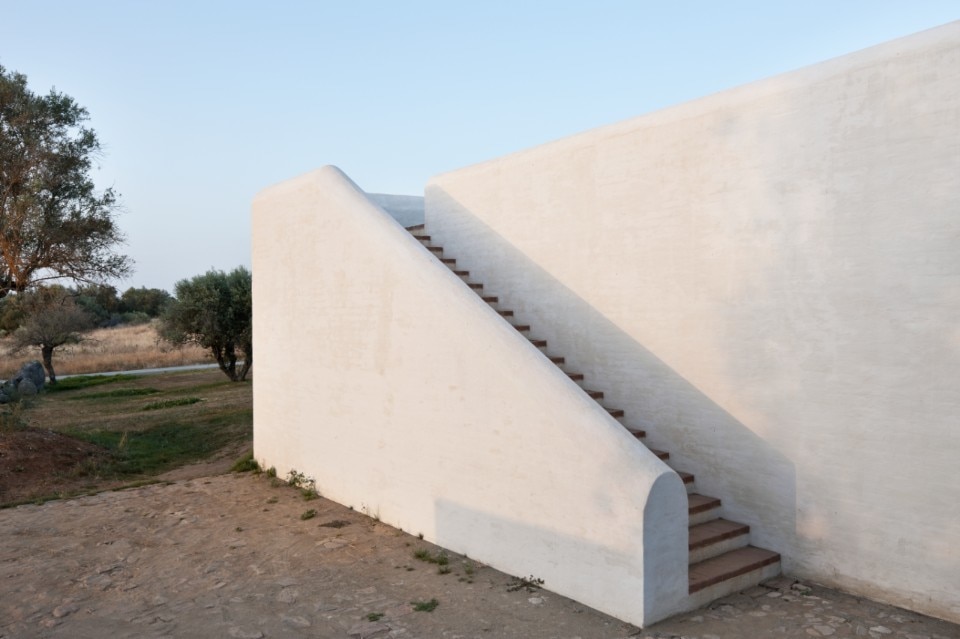Can an airship be a Bauhaus object?
Although no project for an airship has ever come out from the Dessau school, the Bauhaus shares with a Zeppelin way more than it may share with several architectures generically referred to as “modern”. Domus arrives in Friedrichshafen, by the Constance Lake, on its Swabian escapade, in search of one more new common ground between the spirit of Bauhaus and industrial production.
In Friedrichshafen, a new aspect of the Bauhaus story can be discovered, i.e. its coexistence with an historical and cultural context that has often been way less than favorable. Nothing to do with any glorious narration or Modern Gospel brought to society: a more articulated story instead, blurred, made of great innovations but also surreal sharing of space with very different “relatives in style”.

The birthplace to German Zeppelin airships since 1908, Friedrichshafen is also housing the Zeppelin Museum in its former lakeshore station since 1996. Here, the contrast concerning the design history of airships can be experienced: such hyper-modern objects, had been interpreted in two radically opposite ways, in terms of interior design and on-board lifestyle. The LZ 127 Graf Zeppelin unit used to fly through the skies a furniture set that was considered as classical, filled up with bourgeois decoration, so much that even the Deutscher Werkbund would express its indignation by means of furious open letters. The LZ 129 Hindenburg project was inspired instead to the most complete modernity, to a functional and innovative approach embodied by the tubular metal structures of chairs and table, and the simple design of the lamps, that were conceived exactly one year after the opening of the Weissenhofsiedlung and the presentation of MR10 and MR20 chairs by Mies van der Rohe, in observance of former proposals by Hugo Eckener — a member of the Werkbund — for what was called “the lightest hotel in the world”.

The Hafenbahnhof as well, home to the Zeppelin Museum, is in itself an ambiguous object in terms of architectural language and space. Realized between 1928 and 1933 by architect Karel Hagenmayer, it is almost automatically classified as Bauhaus, now as then; still, it differs from the Dessau school principles in several aspects, so that a curatorial workshop — realized by Zeppelin University as part of a Bauhaus exhibition at the Museum — has recently investigated this subject, questioning how close or far this architecture could be from Bauhaus, Neue Sachlichkeit, or International Style in general.
Decorations in fact are not completely absent from this building, and masses are still masses, rather than pure volumes; nonetheless, the Bauhaus component of this building should be sought outside of a strictly stylistic framework. The Hafenbahnhof embodies a concept of functional progress: it is a lakeshore station for trains and ships, integrating into an unedited infrastructure two different technologies that not so long time before were considered as symbols of modernity. In this building, different shapes and ideas from Futurism, Constructivism and New Objectivity combine, so as it had happened for the definition of the program at the Bauhaus school (with a weaker connection to Futurism in this latter case).
The city of airships represents one more chance to discover how a new cultural legacy has had to carve its own place between technical and artistic scenarios that were already consolidated, and how such interaction with the existing cultural reality could be the origin of its affirmation as an icon and a new stylistic and historical reference.

Klimahouse 2025: twenty years of sustainability
Now in its 20th edition, the international trade fair dedicated to responsible construction, energy efficiency and building renovation will be held in Bolzano from 29 January to 1 February.






















.jpeg.foto.tbig.jpg)

